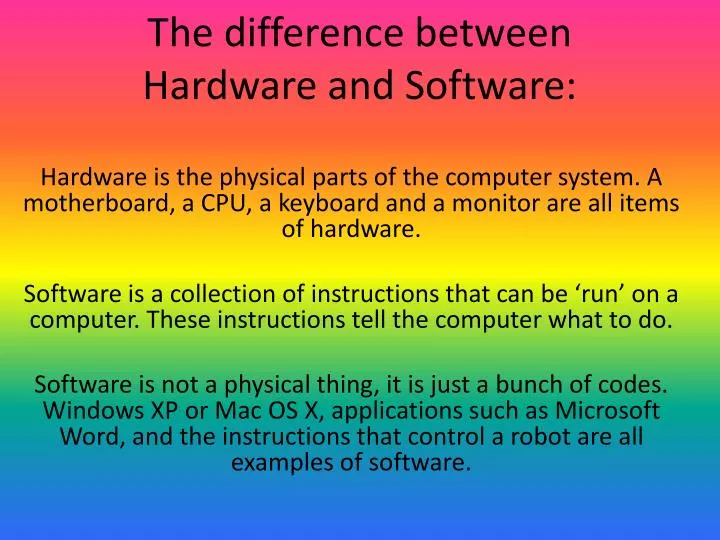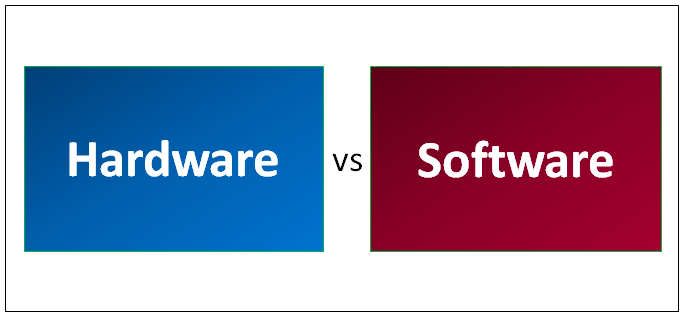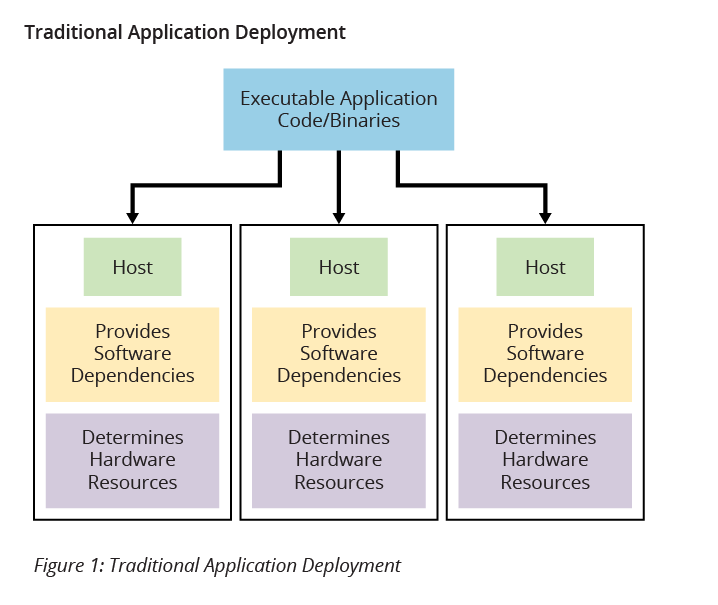

- #SIMILARITIES BETWEEN HARDWARE AND SOFTWARE FULL#
- #SIMILARITIES BETWEEN HARDWARE AND SOFTWARE SOFTWARE#
IIoT and MES Gateway appliances Computer appliances that are designed to translate data bidirectionally between control systems and enterprise systems. Firewall- and Security appliances computer appliances that are designed to protect computer networks from unwanted traffic.
#SIMILARITIES BETWEEN HARDWARE AND SOFTWARE FULL#
They are often a gateway to a full DRaaS solution.
#SIMILARITIES BETWEEN HARDWARE AND SOFTWARE SOFTWARE#
Backup and disaster recovery appliances computer appliances that are integrated backup software and backup targets, sometimes with hypervisors to support local DR of protected servers. Network appliances are general purpose routers which provide firewall protection, Transport Layer Security (TLS), messaging, access to specialized networking protocols (like the ebXML Message Service) and bandwidth multiplexing for the multiple systems they front-end. Storage appliances provide massive amounts of storage and additional higher level functionality (ex: Disk mirroring and Data striping) for multiple attached systems using the transparent local storage area networks computer paradigm. The variety of computer appliances reflects the wide range of computing resources they provide to applications. Types of appliances Ī Niksun network security appliance, being used by the U.S. Security by obscurity is a poor security decision, and appliances are often plagued by security issues as evidenced by the proliferation of IoT devices. One may believe that a proprietary embedded operating system, or operating system within an application, can make the appliance much more secure from common cyber attacks. The major disadvantage of deploying a computer appliance is that since they are designed to supply a specific resource, they most often include a customized operating system running over specialized hardware, neither of which are likely to be compatible with the other systems previously deployed. Tradeoffs of the computer appliance approach

Once a resource is decoupled, in theory it can be also centralized to become shared among many systems, centrally managed and optimized, all without requiring changes to any other system.

The appliance approach helps to decouple the various systems and applications, for example in the data center. This distinguishes appliances from "home grown" solutions, or solutions requiring complex implementations by integrators or Value-added resellers (VARs).

To be considered an appliance, the (hardware) device needs to be integrated with software, and both are supplied as a package. In fact, this "turnkey operation" characteristic is the driving benefit that customers seek when purchasing appliances. This prevents customers from needing to perform complex integration work, and dramatically simplifies troubleshooting. The appliance has exactly one combination of hardware and operating system and application software, which has been pre-installed at the factory. In all forms of the computer appliance model, customers benefit from easy operations. The staff needs merely training on the appliance management software to be able to resolve most of problems. Additionally, when problems and errors appear, the supporting staff very rarely needs to explore them deeply to understand the matter thoroughly. It is complex to integrate the operating system and applications with a hardware platform, and complex to support it afterwards.īy tightly constraining the variations of the hardware and software, the appliance becomes easily deployable, and can be used without nearly as wide (or deep) IT knowledge. The main issue with the traditional model is related to complexity. Traditionally, software applications run on top of a general-purpose operating system, which uses the hardware resources of the computer (primarily memory, disk storage, processing power, and networking bandwidth) to meet the computing needs of the user.


 0 kommentar(er)
0 kommentar(er)
